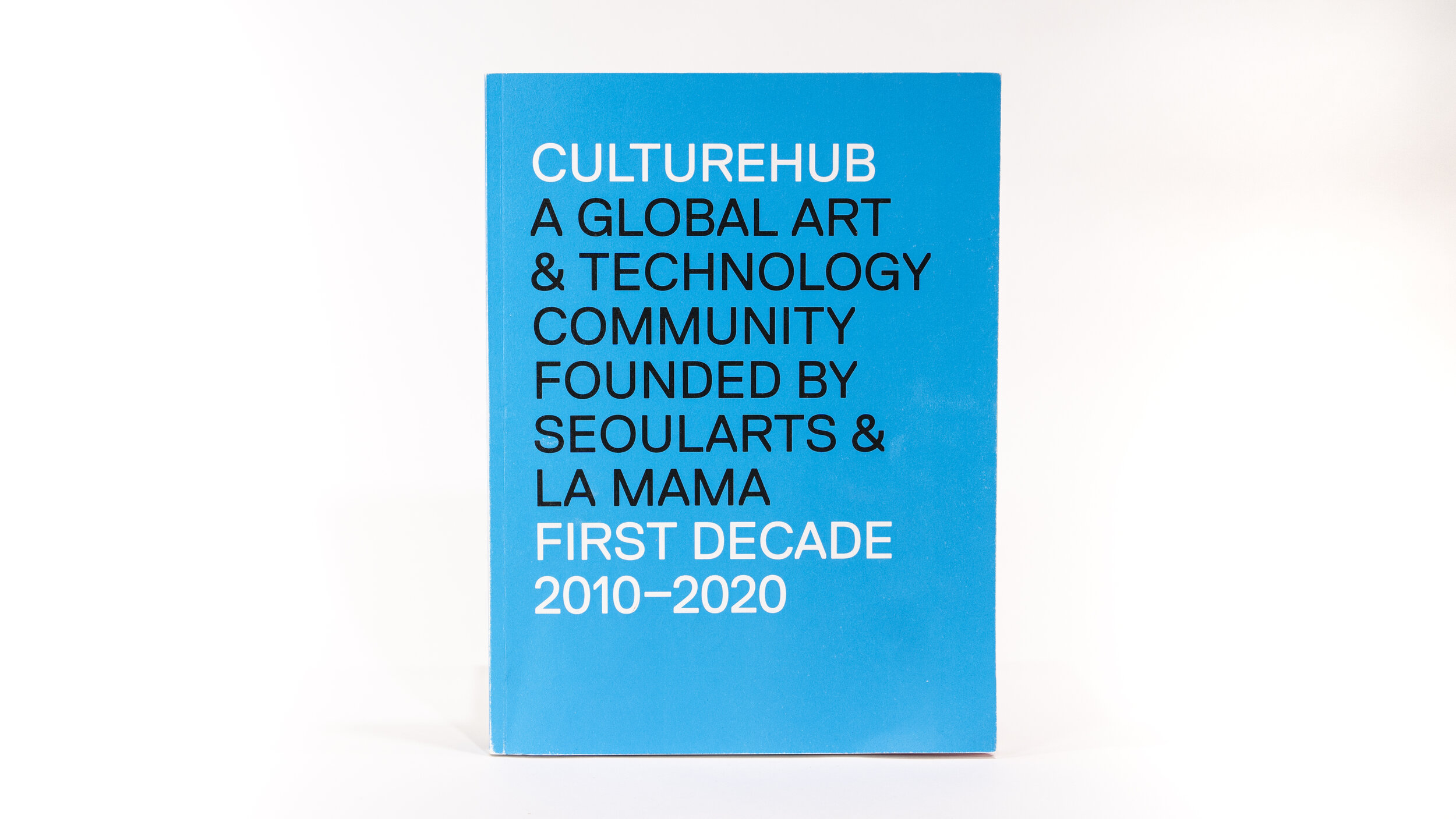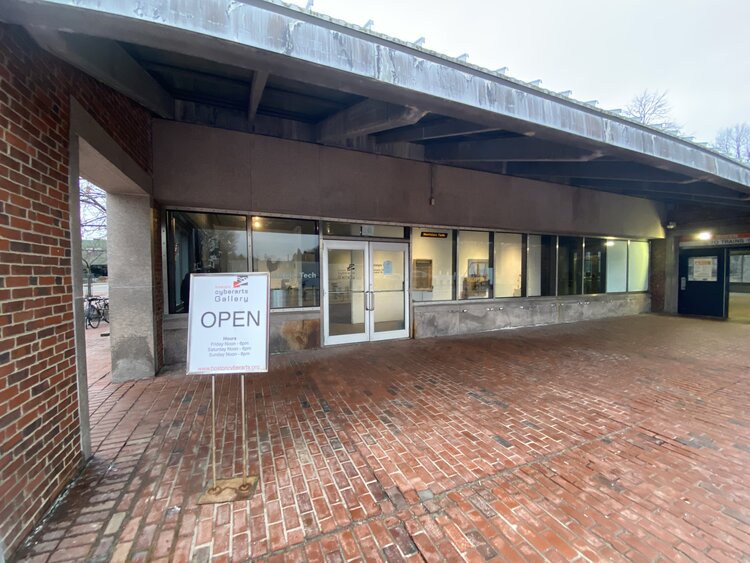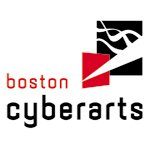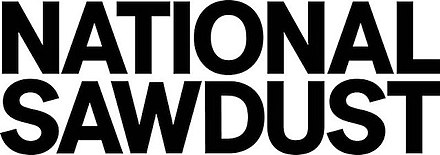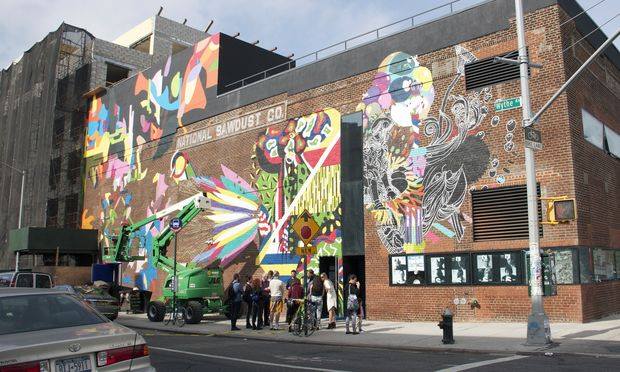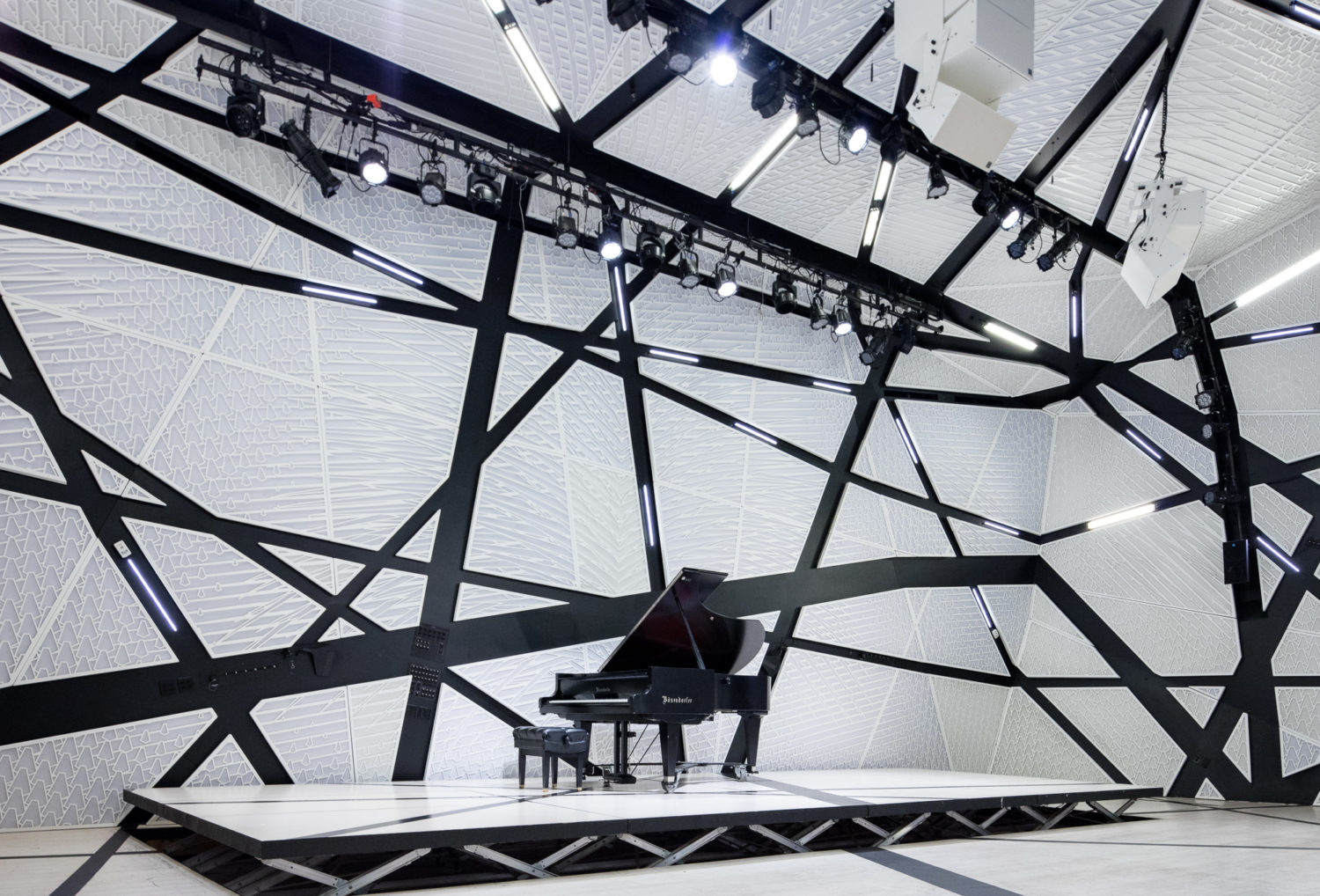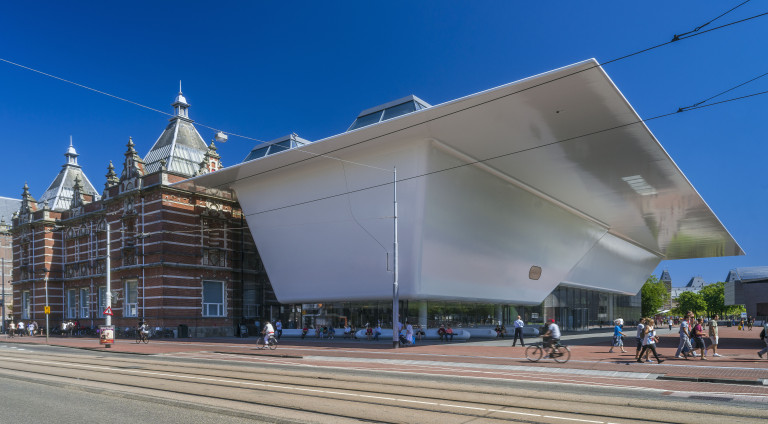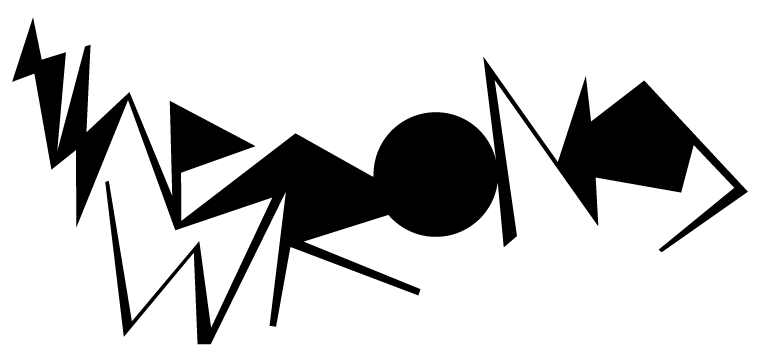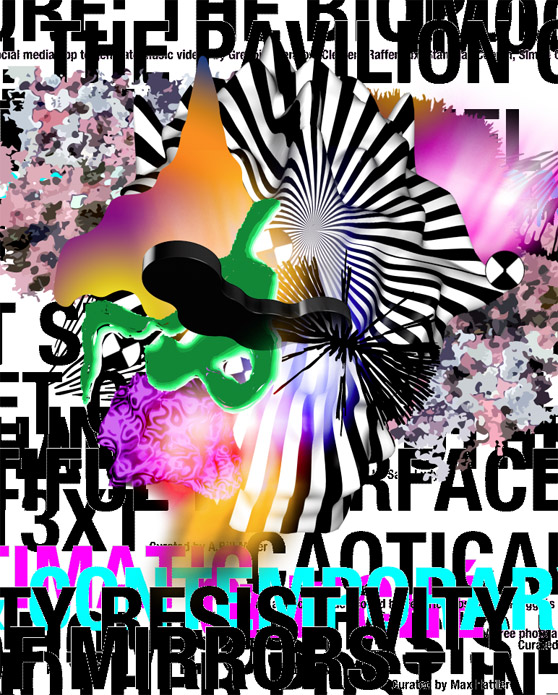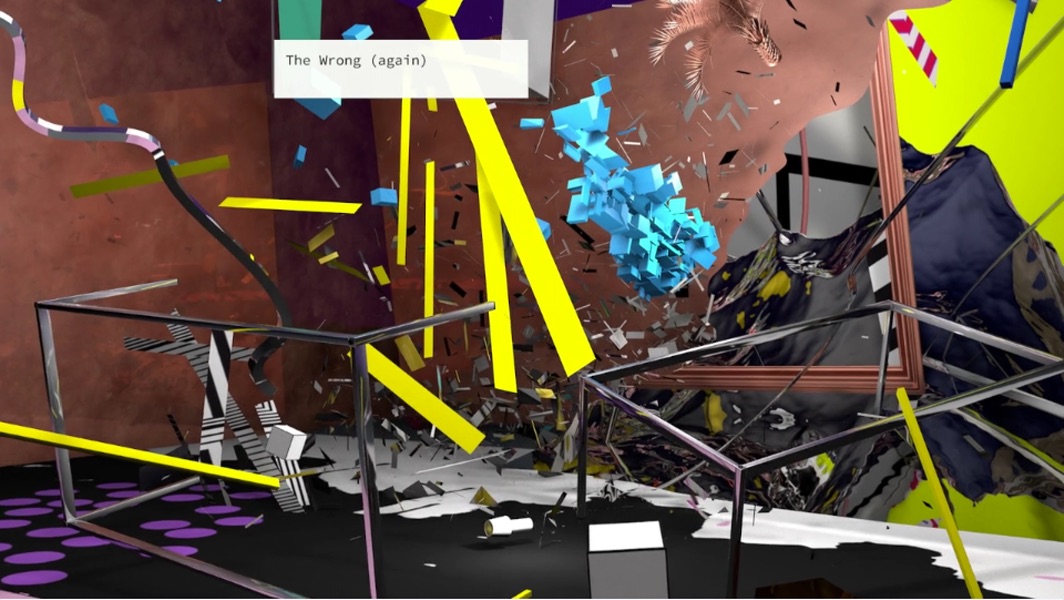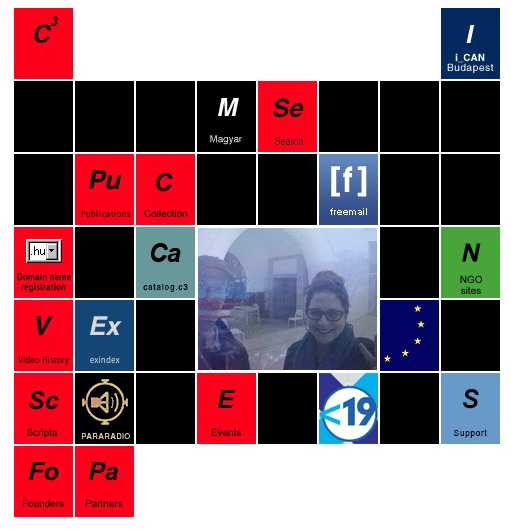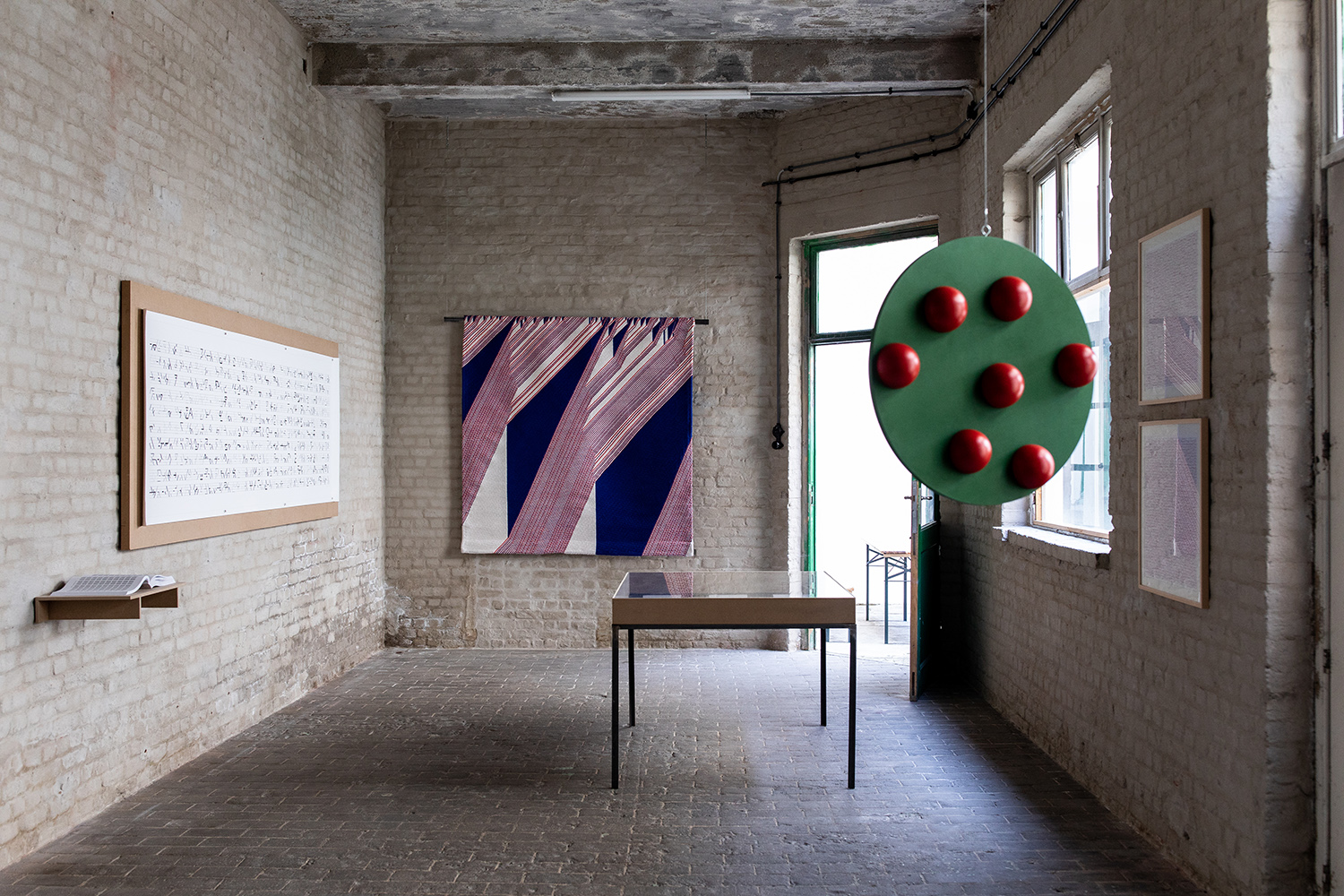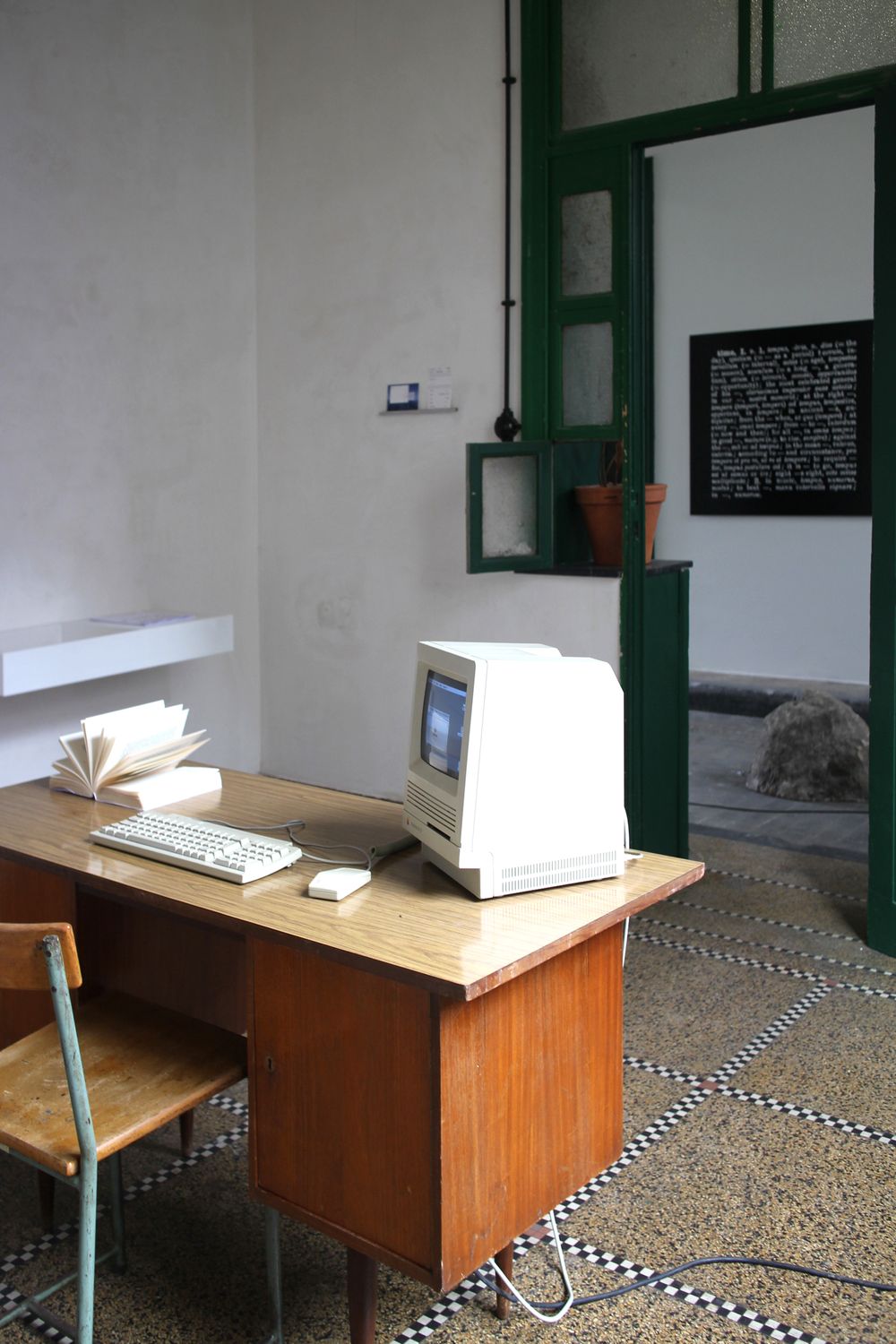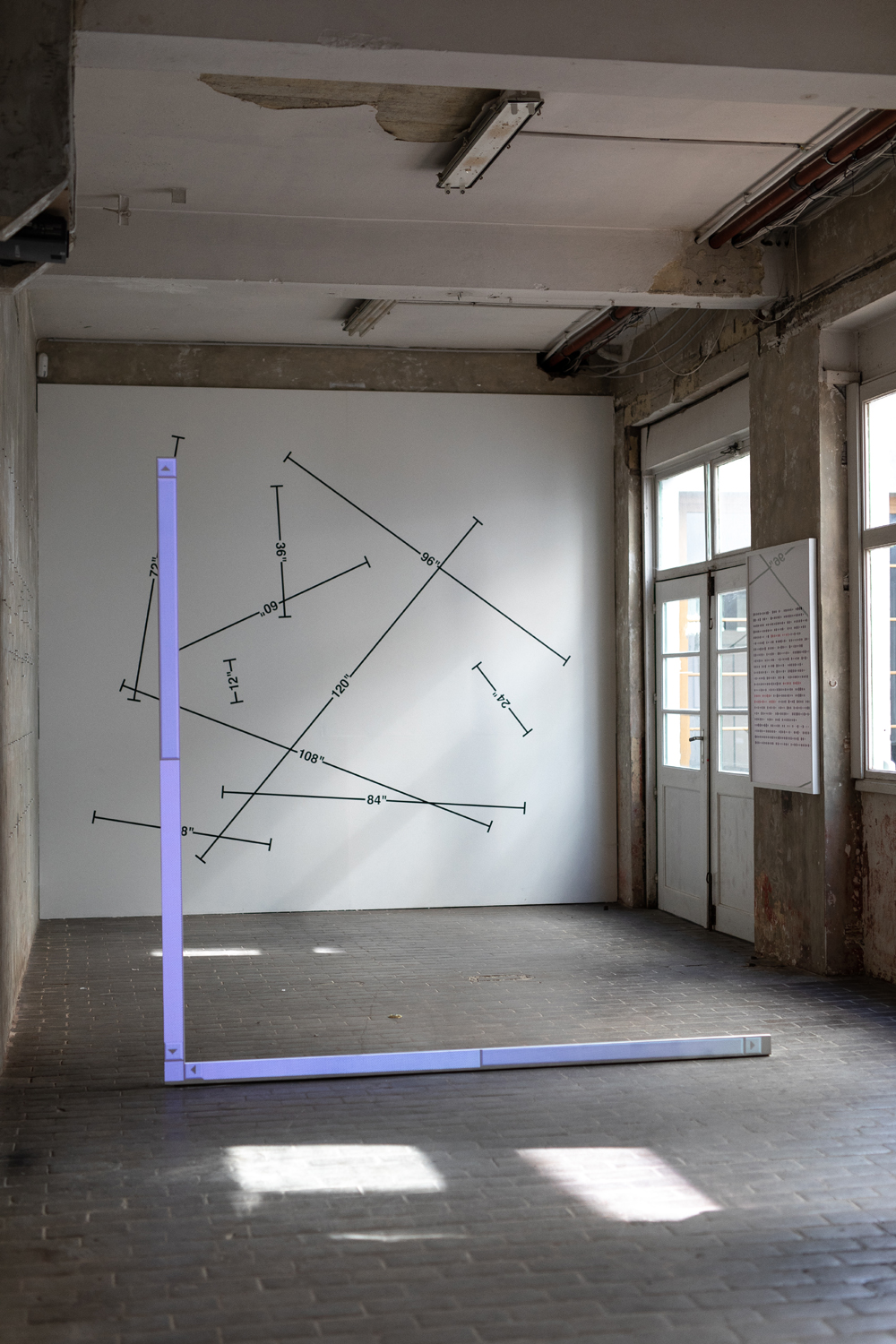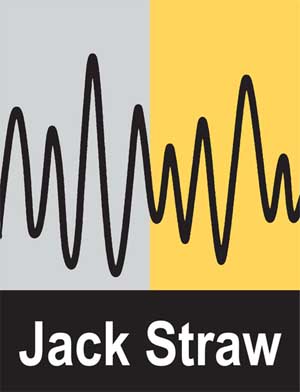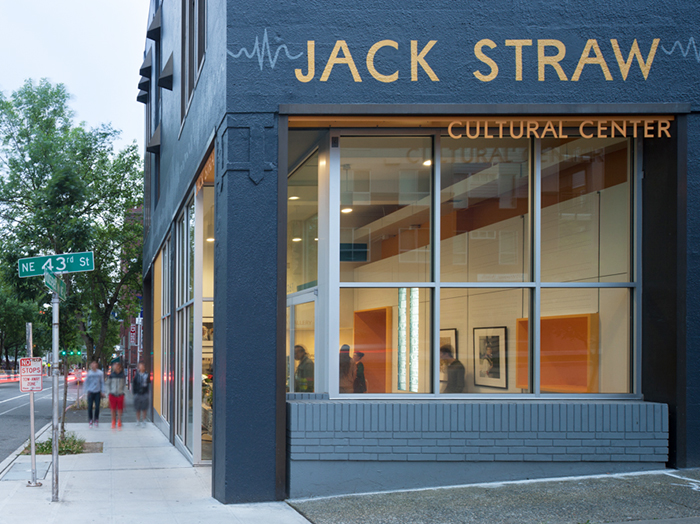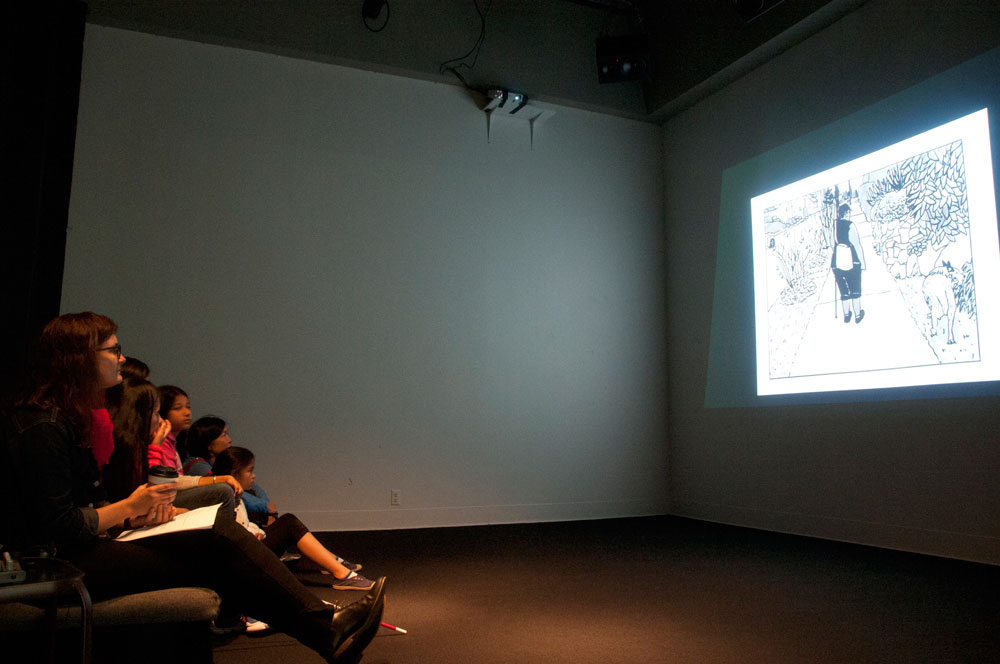CultureHub is a global art and technology community that was born out of decades of collaboration between La MaMa and the Seoul Institute of the Arts, Korea’s first contemporary performing arts school. These two visionary institutions sought to explore how the internet and digital technologies could foster a more sustainable model for international exchange and creativity. [1]
Since its founding in 2009, CultureHub has grown into a global network with studios in New York, Los Angeles, Korea, Indonesia, and Italy, providing connected environments for artists to critically examine our evolving relationship to technology. Through residencies, live productions, and educational programming, CultureHub advances the work of artists experimenting with emerging technologies in search of new artistic forms. CultureHub builds new partnerships that expand our network and provide increased access to online and offline platforms that fuel artist mobility, create opportunities for cultural exchange, and broaden human understanding through the convergence of art, technology, and education. [1]

